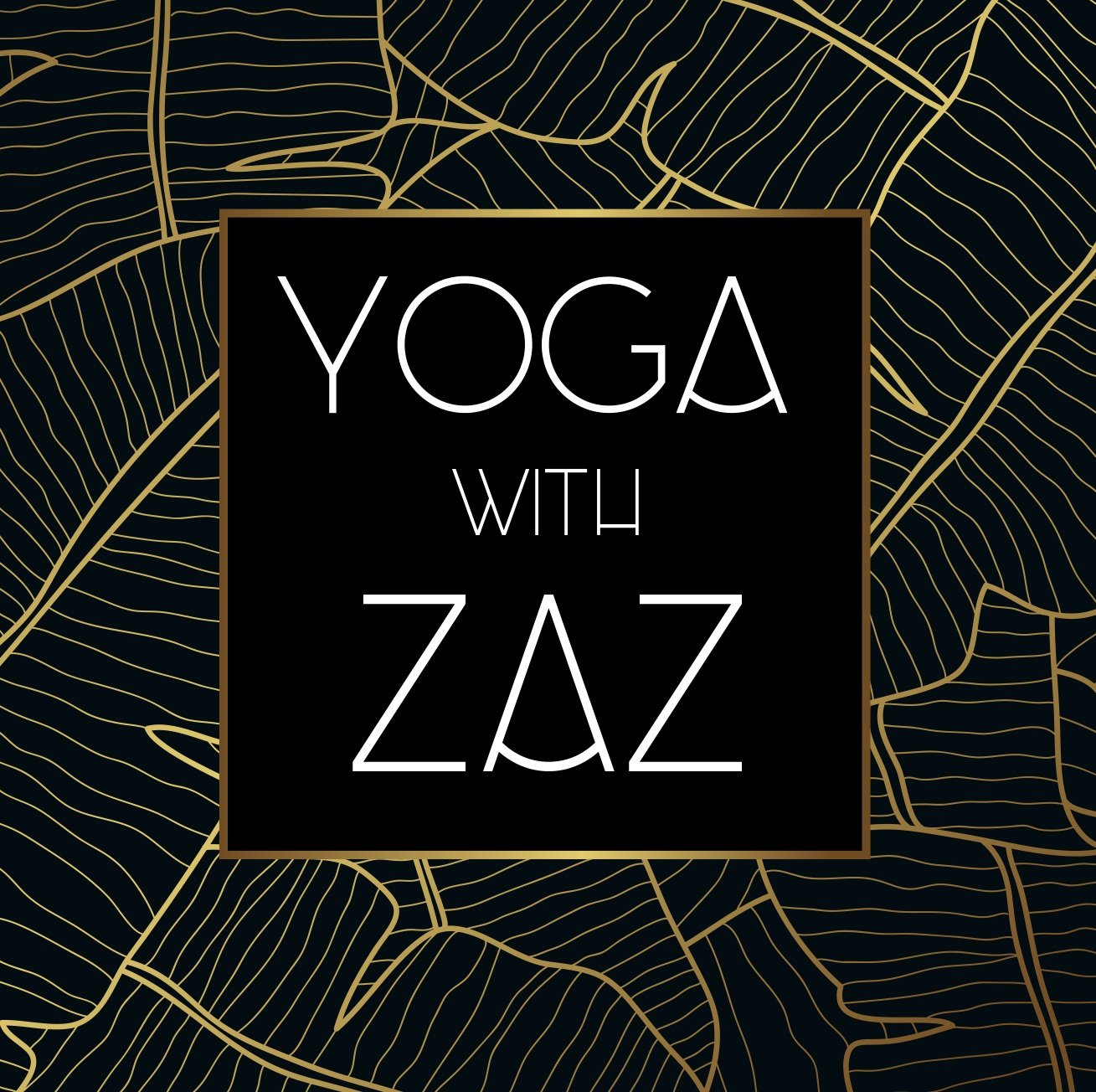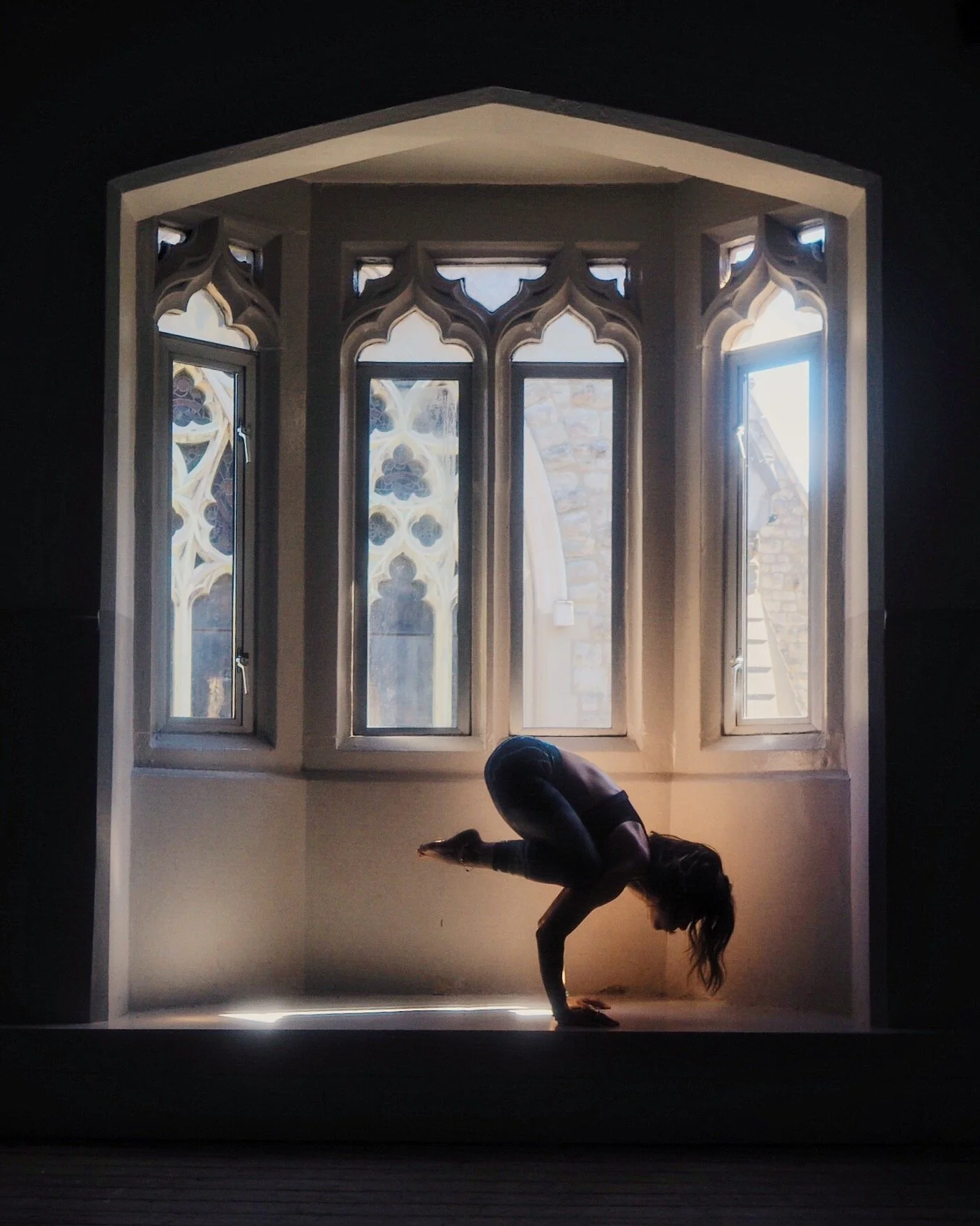How often have we heard someone say - especially in a yoga class, and maybe I’ve said it myself - “simply let go of what no longer serves you”, or “just get over it” (hopefully not in a yoga class, and definitely not from me!). The reality is that when we are grappling with self-limiting beliefs, old trauma, negative mindsets, or just feeling down in the dumps, it’s never quite as easy as simply letting go, as though you were tossing something into the trash. There’s a whole plethora of things tied up with this.
First of all, the statement “just let go of what no longer serves you” can smack a little of spiritual bypassing. If you’re unfamiliar with that phrase, spiritual bypassing is a "tendency to use spiritual ideas and practices to sidestep or avoid facing unresolved emotional issues, psychological wounds, and unfinished developmental tasks" (taken from Wikipedia).
The suggestion is that whatever someone is holding can simply and easily be released, but makes massive assumptions on what an individual might may be dealing with, minimises their experience or even worse, implies that if you’re not able to “just let go” you are failing, andare actually to blame for not moving forwards in personal development. If you can’t “just release what no longer serves you”, then clearly you are choosing to stay stuck. For me, this is massively unhelpful at best, and at worst, potentially harmful. The last thing someone dealing with painful issues needs is to feel more culpable or a failure for carrying hurt, especially in a yoga class.
In a way, yes, sometimes we do choose to hold on to certain things, because change also invites us into the unknown - better the devil you know - and carries doubt around whether we can move ahead without the familiar load we’ve been carrying. That doesn’t mean that we are failing. We can’t “just let go”, maybe because we aren’t ready yet.
My belief is that, firstly, we cannot let go of something if we don’t know what that something is. We might have a sense of feeling heavy, or sad, or many other things, but until we shine a light into the corner, or fully open up that cupboard, look under the bed and pull that emotion out and name it and see it clearly, we can’t fully identify it. That bit can be quite scary, and we look at it in the second week of the Prepare to Unfurl programme. Once it’s named though, there is a real power in confronting what we carry within - sometimes even this act begins the process of breaking down its hold on us. It’s like, “I see you. I am not scared of you. I see you, and you are no longer in the shadows.”. This part takes doing without emotion, just simple acknowledgement. There’s more, but I’ll come onto that in a moment.
Secondly, we need to come to a place of acceptance and understanding that every single thing in our lives has somehow shaped us. Some things have tested us, challenged us, brought out the best or the worst in us, brought us to the edge of our joy as well as our unhappiness - but every single thing has forced us to show up, and moulded us into who we are. If the lessons have not yet been learnt from that thing, perhaps this is what makes it harder to release it. There may be another energetic shift that’s necessary internally before we are able to let go, and even the decision that might spur you into making an active choice to change a certain behaviour or mindset is instigated by a specific energy.
At this time of year, I love the magic of autumn, as the leaves change colour and are slowly released to the ground. The trees draw their energy inwards, and what they no longer need, they release. It might seem effortless, but perhaps it’s because we are more complicated beings. Even plants though sometimes hold onto things that hinder their growth - that’s when a bit of pruning can allow something to flourish, and the act of pruning is an active one!
Frequently in yoga classes I teach, I tend to suggest that we put as much of what we are holding into big carrier bags or suitcases, and rest them down to give ourselves a break from gripping onto them and lugging it all around. The idea is that the contents aren’t going anywhere, but at the end of practice, when we go out into the world, and have to pick up those bags or suitcases again, hopefully we can carry them slightly differently, change the way we hold them, or maybe begin to take a few things out.
Here’s an exercise to try, to be ABLE to confront what you’re carrying and work out whether it’s time to begin letting go.
A - Acknowledge. Greet yourself - by name - and notice what you are feeling. Allow emotions to rise and imagine a light going on, so that you can clearly look around and see what is there. Calmly say “I SEE YOU -“ and name it.
B - Breathe into it. Accept that the emotion is there, without judging or blaming yourself for its presence. Are there places where your breath can soften a bit, can you breathe fully while acknowledging what is there. Be super gentle!
L - Lovingly, with compassion, but also with strength, ask if it is ready to be released? “XXXX, are you done?” By asking if it’s work is completed, this sends a message that it may be time for the emotion to loosen its grip on you. The most important thing, is that you speak with love, gently, compassionately, but also firmly. You’re not taking any shit! “XXXX, are you done?”
E - Exhale, and repeat 5 times - “XXXX, I release you, you are no longer needed”
After this, lie down for a few moments, or stand with your feet on grass or earth, and visualise whatever you have asked to be released seeping into the ground beneath you. Observe your breathing, and your body. What comes up? Remember that this is the beginnings of a process, so there’s nothing wrong if you don’t feel 100% transformed after. Come back to doing this daily for 5 days, perhaps journalling afterwards to notice how you feel.
When you’re ready to move forwards, when YOU, your spirit is ready - not your ego - then you will, having learnt all you need to, having shone a light into the darkest corners, and acknowledged all that you are, with compassion and love.





